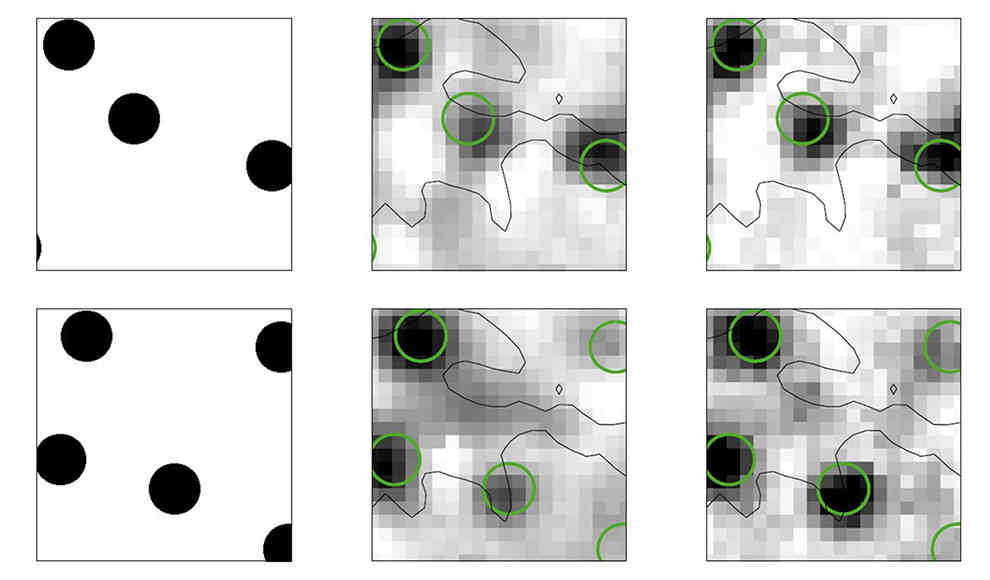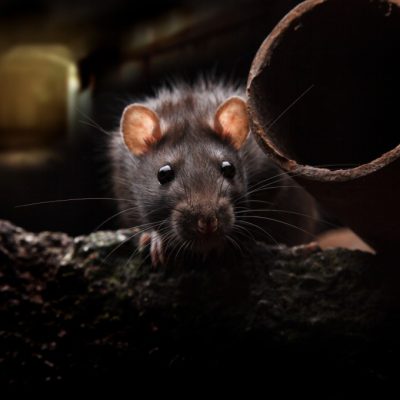Austrian researchers have successfully reconstructed a video from retina signals of rats, using signals from 100 neurons to produce remarkably accurate results. The Institute of Science and Technology Austria conducted an experiment where rats were shown various films with randomly moving black dots on a screen. The movement of the dots was then accurately reproduced using signals from 100 neurons in the retina. The researchers hope to use their findings to better understand the type of information that these signals transmit. The results of the experiment have been published in the prestigious journal Plos Computational Biology.
Neurons in the retina of mammals convert incoming light and patterns into electrical signals that are then transmitted to the brain. However, the type of information that these signals carry has remained unclear until now. The researchers hope that their experiment will provide answers to this question. The reconstruction of light patterns from these signals is a significant step in the right direction. Previous attempts at decoding such signals have only used simple stimulations and fewer than 50 retina neurons. The recording of signals from 100 neurons while watching films is much more complex than any previous attempts.
The researchers, led by Gasper Tkacik, are focused on studying information processing in living systems. Their goal is to use their findings to develop improved methods for reconstructing light patterns from neuron signals. They also aim to clarify the exact functions of different types of retina neurons and why they are necessary. This breakthrough in understanding the signals transmitted by retina neurons could have significant implications for the development of new treatments for vision-related disorders.










